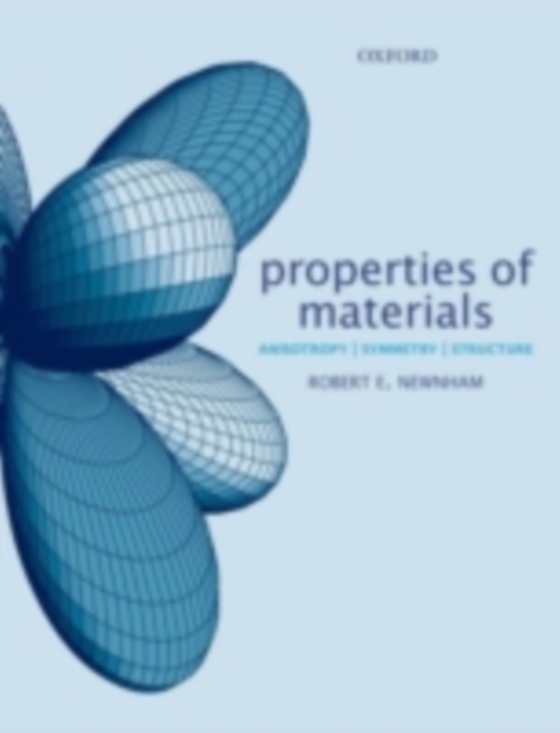
Properties of Materials e-bog
473,39 DKK
(inkl. moms 591,74 DKK)
Crystals are sometimes called 'Flowers of the Mineral Kingdom'. In addition to their great beauty, crystals and other textured materials are enormously useful in electronics, optics, acoustics, and many other engineering applications. This book describes the underlying principles of crystal physics and chemistry, covering a wide range of topics, and illustrating numerous applications in many fi...
E-bog
473,39 DKK
Forlag
OUP Oxford
Udgivet
12 november 2004
Genrer
PHFC
Sprog
English
Format
pdf
Beskyttelse
LCP
ISBN
9780191523403
Crystals are sometimes called 'Flowers of the Mineral Kingdom'. In addition to their great beauty, crystals and other textured materials are enormously useful in electronics, optics, acoustics, and many other engineering applications. This book describes the underlying principles of crystal physics and chemistry, covering a wide range of topics, and illustrating numerous applications in many fields of engineering using the most important materials. It has beenwritten at a level suitable for science and engineering students and can be used for teaching a one- or two-semester course. Tensors, matrices, symmetry and structure-property relationships form the main subjects of the book. Whilst tensors and matrices provide the mathematical framework for understanding anisotropy, on which the physical and chemical properties of crystals and textured materials often depend, atomistic arguments are also needed to quantify the property coefficients in various directions. The atomistic arguments are partly based on symmetry and partly on the basic physics and chemistry of materials. After introducing the point groups appropriate for single crystals, textured materials and ordered magnetic structures, the directional properties of many different materials are described: linear and nonlinear elasticity, piezoelectricity and electrostriction, magnetic phenomena, diffusion and other transport properties, and both primary and secondary ferroic behaviour. With crystal optics (its roots in classical mineralogy) having become an important component of the information age,nonlinear optics is described along with the piezo-optics, magneto-optics and electro-optics, and analogous linear and nonlinear acoustic wave phenomena. Enantiomorphism, optical activity, and chemical anisotropy are discussed in the final chapters of the book.
 Dansk
Dansk

